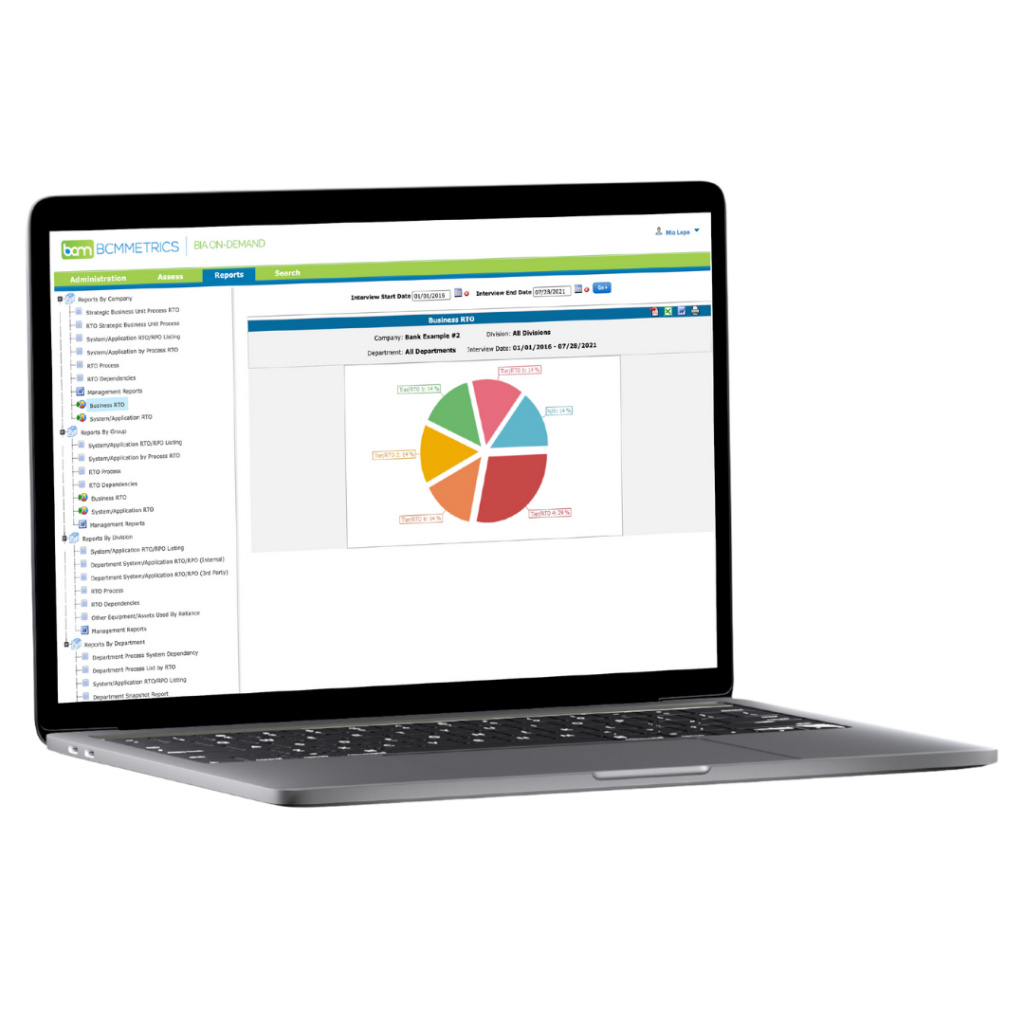- Who We Are
- What We Do

Business Continuity

Crisis Management

Disaster Recovery

BCaaS

Program Augmentation

Training and Awareness
Discover our intuitive BCM software.
 Resources
ResourcesLearn from the best.

- BCMMETRICS™

BCM Planner

BCM One
See Our Software in Action
Schedule a Demo

BCM Services backed by experience

- Blog









